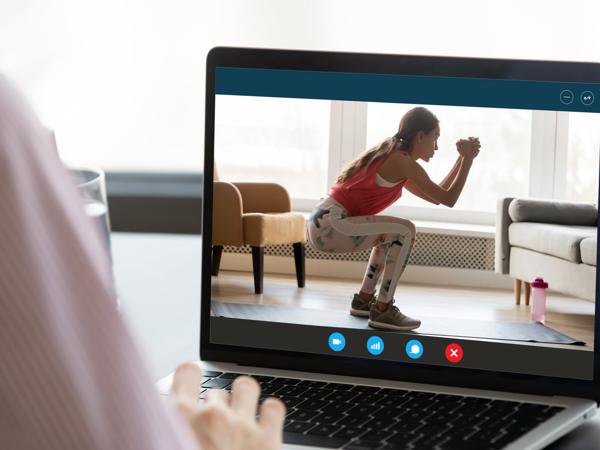In the current digital age, the incorporation of technology into our daily routines has become almost seamless. Among various aspects of life, health and fitness have been significantly influenced by this tech transformation. One of the most exciting developments is the availability of online fitness classes, which provide both live and on-demand options. As someone who's explored both, I find it fascinating to see how each can uniquely cater to different needs and preferences. Here’s a deeper dive into both options to help you decide which might suit you better.
What are Live Fitness Classes?
Live fitness classes bring the traditional group exercise experience to your home. These sessions occur in real-time, allowing you to follow along with a trainer as they conduct a workout session. Platforms like Peloton and Zoom have popularized this format by offering a wide range of live classes with engaging instructors.
Advantages of Live Fitness Classes
Real-Time Interaction: Participants can interact with instructors, ask questions, and even receive personalized feedback. This interaction can mimic the motivational spirit many find in physical gyms. This is especially true with virtual personal trainers.
Scheduled Routine: Booking a live class can help establish a routine, providing the discipline many of us need to remain consistent with our fitness regime.
Community Feeling: Knowing that others are working out at the same time can be an encouraging factor. The communal experience can make virtual workouts feel more engaging and less isolated.
Challenges of Live Fitness Classes
Fixed Timings: You have to adhere to a specific schedule which might not always be convenient, depending on your other commitments.
Internet Dependency: A stable internet connection is crucial for smooth participation in virtual fitness classes or using streaming devices. Buffering issues can disrupt the experience.
What are On-Demand Fitness Classes?
On-demand classes are pre-recorded sessions that you can stream at your convenience. Services like Aaptiv, Beachbody on Demand, and YouTube provide an array of options spanning various disciplines and durations.
Advantages of On-Demand Fitness Classes
Flexibility: You can access these classes anytime, fitting workouts into your schedule whenever you find it most convenient.
Variety: There's a large library of options to choose from, allowing users to explore different trainers, styles, and difficulty levels.
Pace Control: Being able to pause, rewind, or skip sections can be beneficial for beginners who might need extra time mastering certain moves. This is especially helpful when using best virtual fitness platforms.
Challenges of On-Demand Fitness Classes
Lack of Personal Interaction: One downside is the absence of real-time feedback which can be crucial for ensuring correct form and technique.
Self-Motivation: Without the commitment of a scheduled class, it can be easier to procrastinate or skip sessions entirely.
Personal Reflection
In my experience, the choice between live and on-demand classes often boils down to personal preferences and lifestyle. I find that combining both options works best for me, depending on my week's demands. Live classes give me a sense of accountability, while on-demand options provide the flexibility to squeeze in a workout during unpredictable days.
Conclusion
Both live and on-demand fitness classes present unique benefits and challenges. Whether you value the interactive experience and structure of live sessions or the flexibility and variety of on-demand offerings, there's an option that can complement your lifestyle. As you explore these technologies, it's important to remain open to experimentation to find what balances well with your fitness goals and daily commitments.



